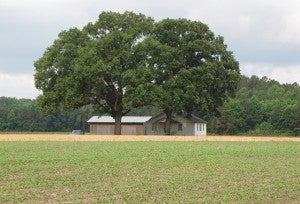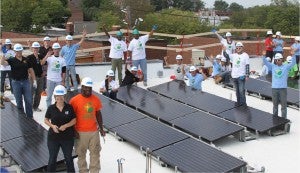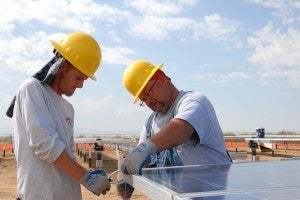 Most Americans think their electricity comes from large power companies. In North Carolina, my home state, that might mean Duke Energy or Dominion Resources. But did you know that 42 million people in 47 states get their electricity from electric cooperatives? These member-owned electric utilities were first formed back in the 1930s to provide electricity to people living in rural areas and small towns.
Most Americans think their electricity comes from large power companies. In North Carolina, my home state, that might mean Duke Energy or Dominion Resources. But did you know that 42 million people in 47 states get their electricity from electric cooperatives? These member-owned electric utilities were first formed back in the 1930s to provide electricity to people living in rural areas and small towns.
Today, there are more than 900 not-for-profit electric cooperatives. Their mission remains the same today as it did back then: deliver safe, reliable, and affordable electricity to rural families and businesses.
In rural areas, housing and commercial buildings tend to be older and less energy efficient, increasing energy bills. Often energy efficiency improvements, such as insulation, are overlooked when residents are faced with hard decisions about where to spend money.
Plus, qualifying for a loan to finance efficiency improvements is more difficult in economically distressed rural areas. Addressing this reality poses a significant challenge for electric cooperatives, which serve 93 percent of the nation’s persistent-poverty counties, according to the National Rural Electric Cooperative Association. Read More

 Growing up in eastern North Carolina was a great experience. Wayne County was my home, and I spent many weekends fishing for bass and hunting quail with my father on the family farm in nearby Bladen County. The time outdoors was great for character building, and visiting with relatives, friends, and elders in the community was equally important for understanding my heritage and the challenges my parents overcame.
Growing up in eastern North Carolina was a great experience. Wayne County was my home, and I spent many weekends fishing for bass and hunting quail with my father on the family farm in nearby Bladen County. The time outdoors was great for character building, and visiting with relatives, friends, and elders in the community was equally important for understanding my heritage and the challenges my parents overcame.

